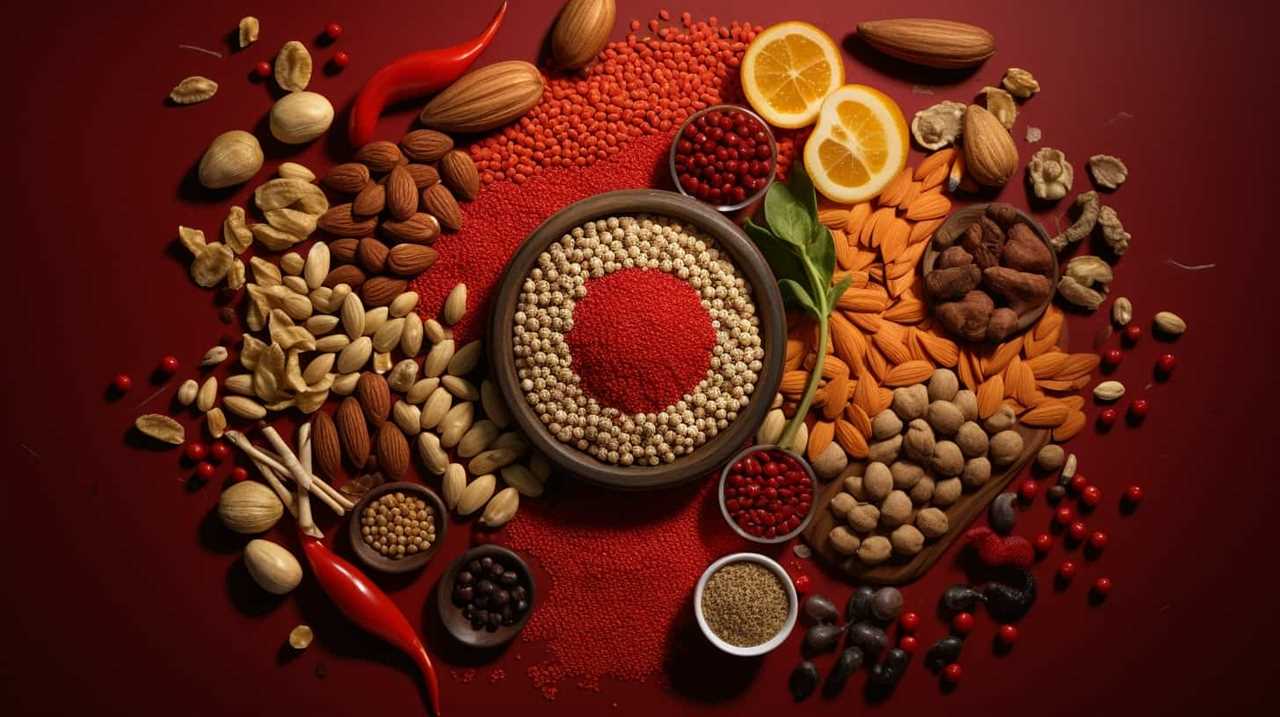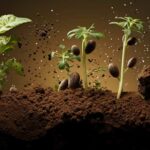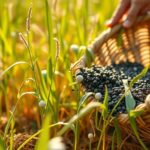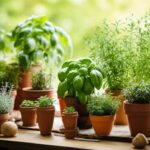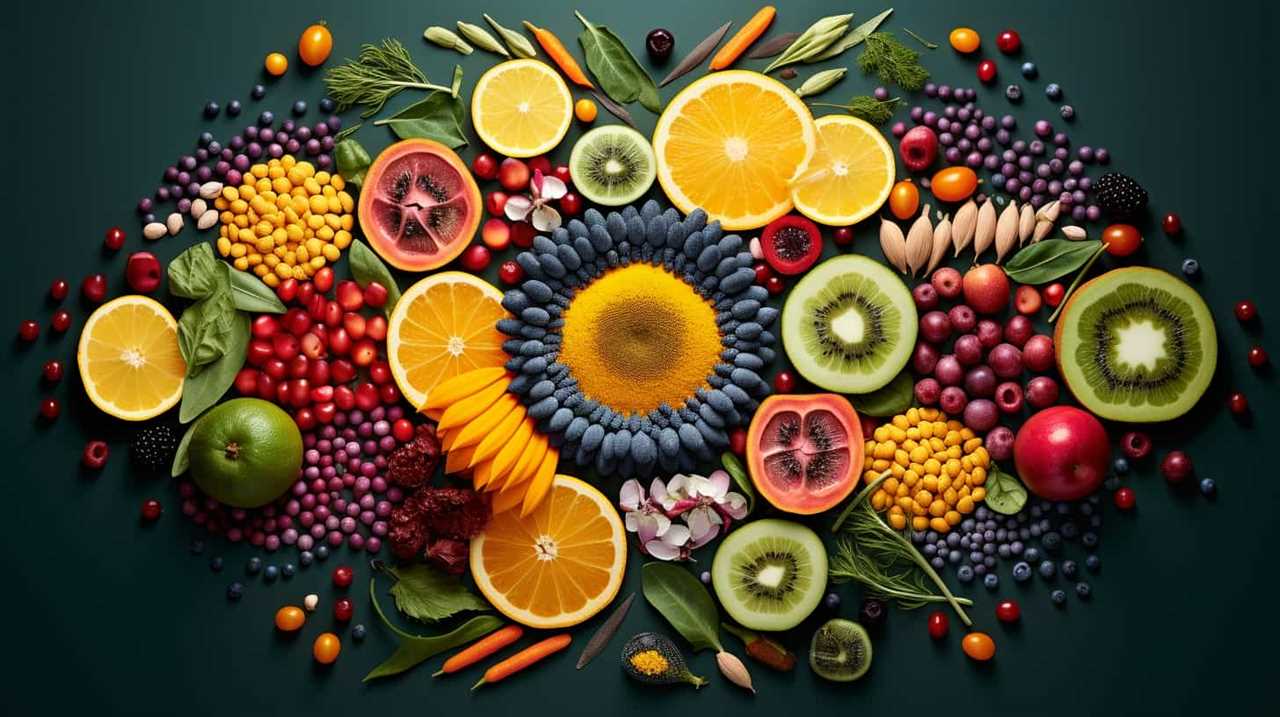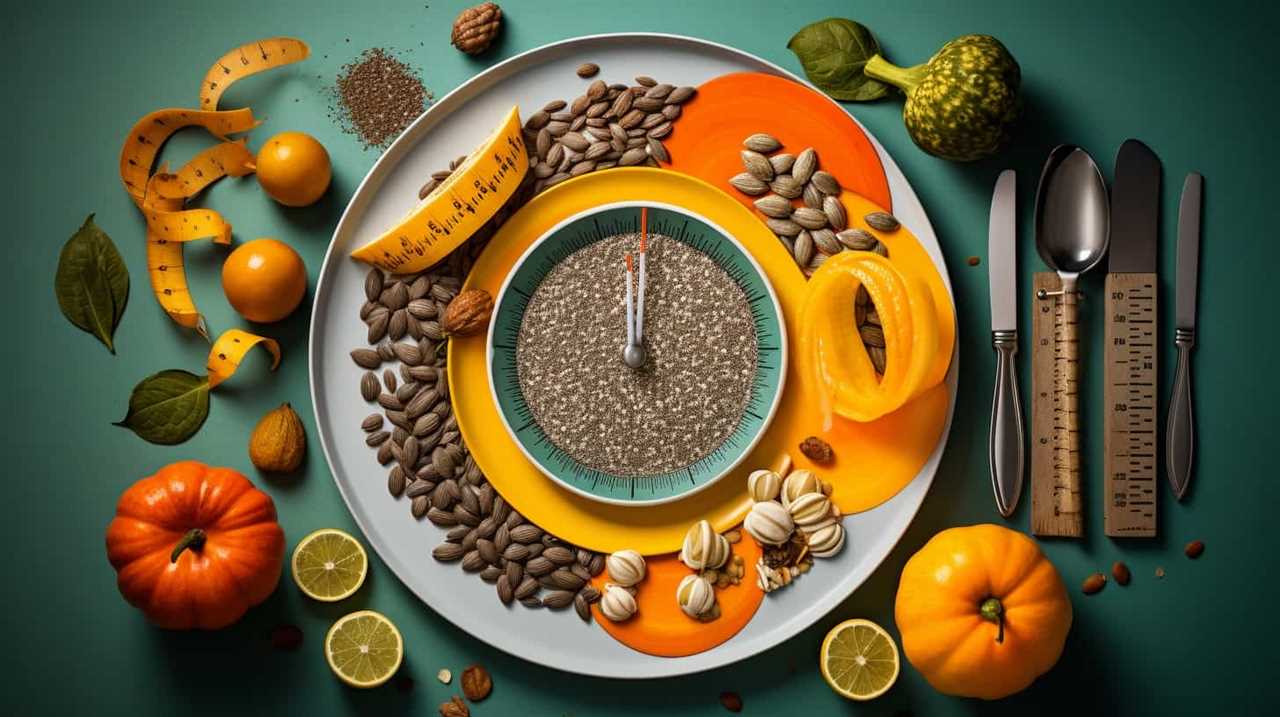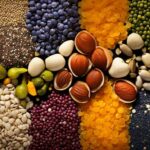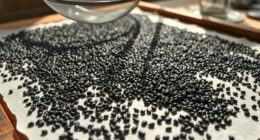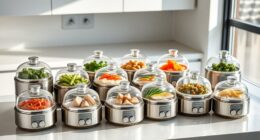Are you eager to learn about the best techniques for seed gathering? We’ve got all the information you need!
In this article, we’ll share our top tips for beginners, so you can successfully collect and store your own seeds.
From soaking and cleaning to air drying and hand-picking, we’ll guide you through each step of the process.
Get ready to discover the joys of seed harvesting and start growing your own plants with confidence!
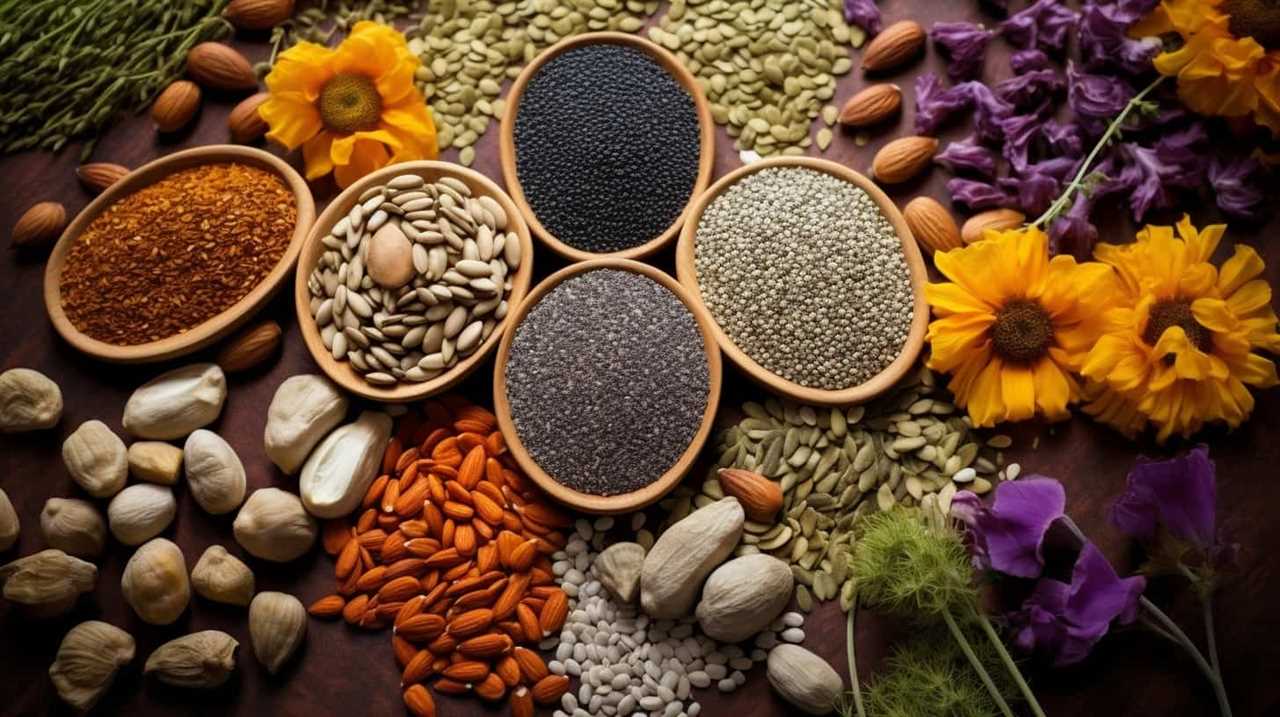
Key Takeaways
- Soaking seeds before harvesting can help improve germination rates.
- Using a fine-mesh sieve for cleaning ensures that the harvested seeds are free from debris.
- Hand-picking ripe seeds from the plant ensures that only mature seeds are collected.
- Air drying seeds and storing them in a cool, dry place is essential for optimal seed storage.
Soaking Seeds Before Harvesting
Before starting the seed harvesting process, it’s essential that we understand the benefits of soaking seeds. Soaking seeds provides numerous advantages that can greatly enhance the success of our seed harvesting endeavors.
Firstly, soaking seeds helps to break down the hard outer shell, allowing for faster and more efficient germination. This can significantly increase the overall yield of our harvested seeds.
Secondly, soaking seeds can help to remove any potential pathogens or contaminants that may be present on the seeds’ surface. This helps to ensure that the resulting plants are healthy and disease-free.
When it comes to best practices for soaking seeds, it’s recommended to use clean, room temperature water and to soak the seeds for the appropriate amount of time specified for each seed variety.
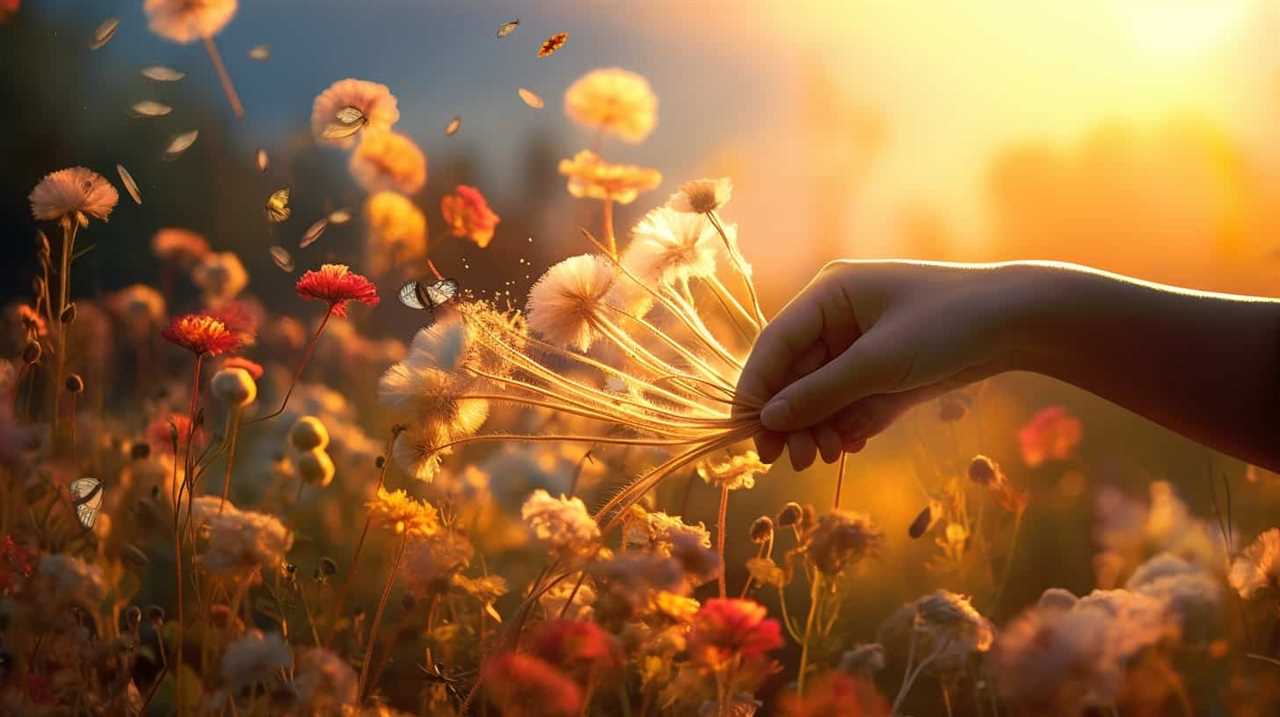
Now that we understand the benefits of soaking seeds, let’s explore the next step in our seed harvesting process – using a fine-mesh sieve for cleaning.
Using a Fine-Mesh Sieve for Cleaning
To enhance the quality of our harvested seeds, we employ the use of a fine-mesh sieve for cleaning, ensuring the removal of any impurities or debris. This method is highly effective in separating the seeds from unwanted materials, such as dirt or plant matter.
While some may consider using a colander instead of a sieve, we recommend sticking with the fine-mesh sieve as it provides better results. The fine mesh allows for thorough cleaning without losing any small or delicate seeds.
However, if a fine-mesh sieve isn’t available, there are alternative methods for cleaning seeds. For example, you can use a piece of cheesecloth or even a clean pair of pantyhose to strain the seeds. Whichever method you choose, the goal is to ensure that your seeds are clean and ready for storage.
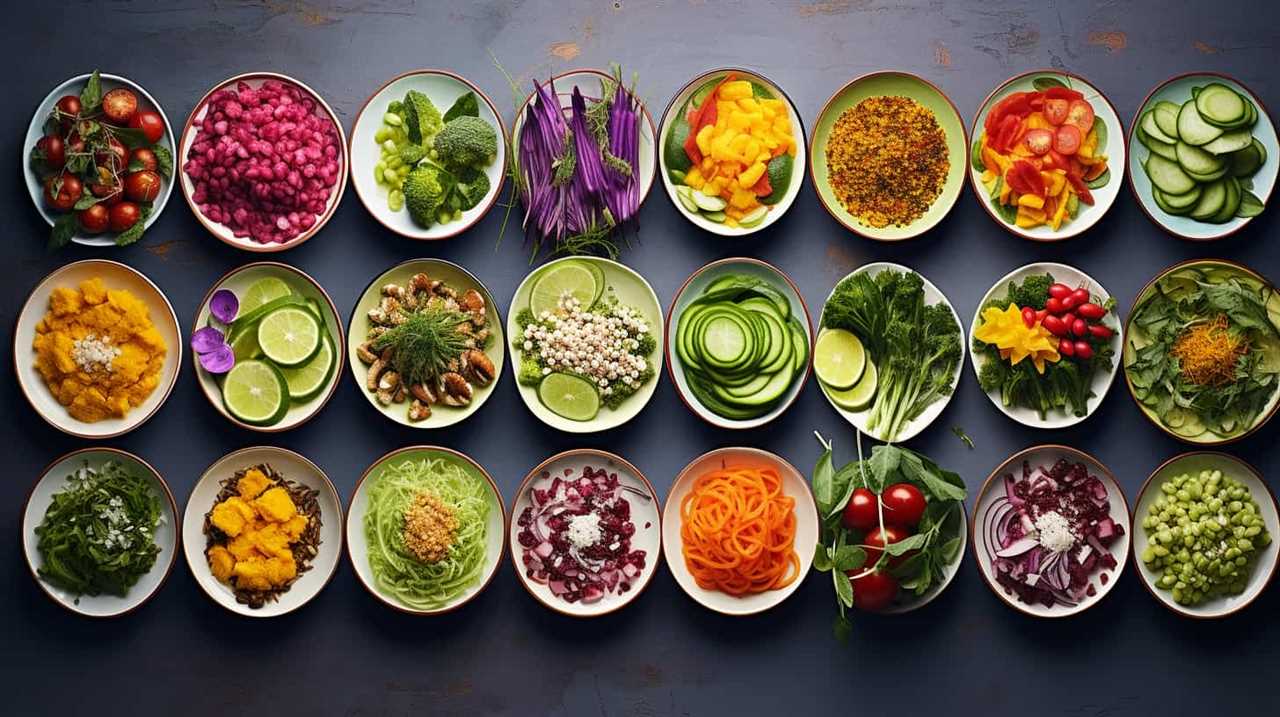
Speaking of storage, once the seeds have been cleaned, it’s important to air dry them for optimal preservation.
Air Drying Seeds for Optimal Storage
After cleaning the seeds using a fine-mesh sieve, it’s important for us to air dry them for optimal storage. Seed drying methods play a crucial role in preserving the quality and viability of the seeds. Properly dried seeds have a lower risk of mold, mildew, and rot, ensuring better germination rates when it’s time to plant.
The importance of seed moisture level can’t be overstated. If the seeds are too wet, they can develop fungal infections or start germinating prematurely. On the other hand, if the seeds are too dry, they may become brittle and lose their ability to germinate altogether.
To air dry seeds, spread them out in a single layer on a clean, dry surface. Make sure they’re exposed to good air circulation and kept away from direct sunlight. Allow the seeds to dry naturally until they reach the desired moisture level for storage. Regularly check on the seeds and gently stir them to ensure even drying.
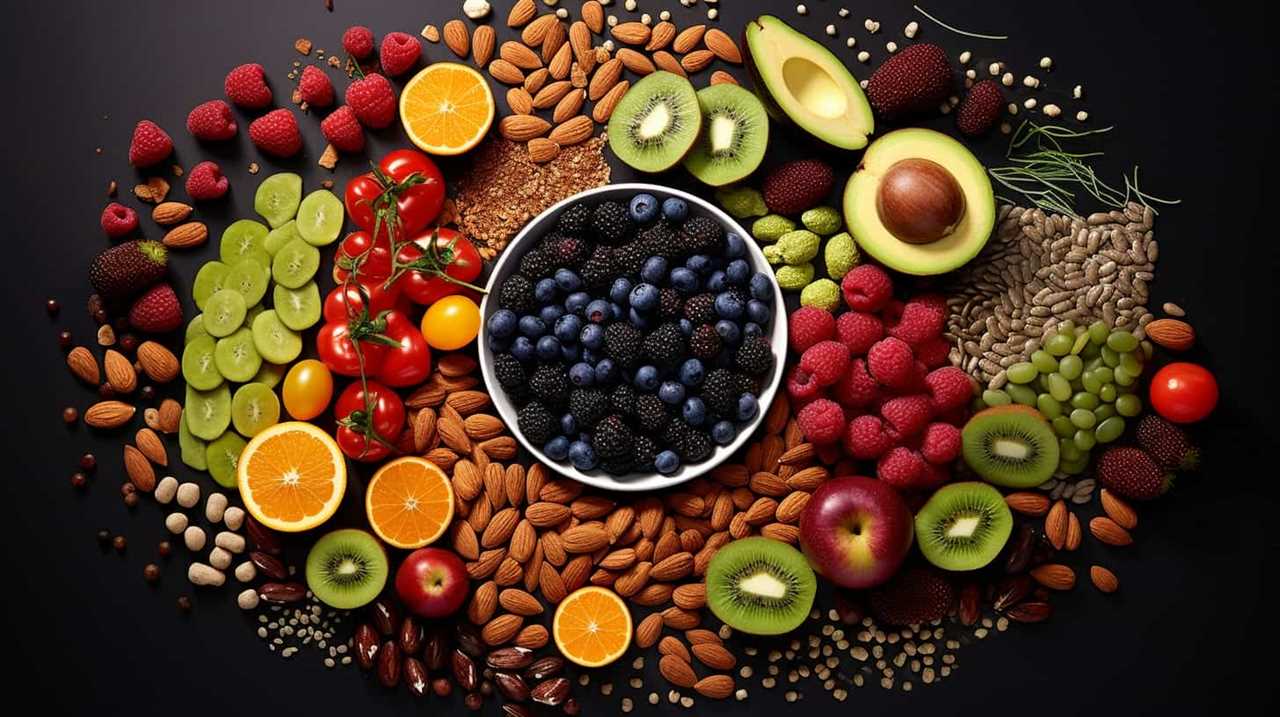
Once dried, store the seeds in airtight containers in a cool, dark place until you’re ready to use them.
Hand-Picking Ripe Seeds From the Plant
We hand-pick ripe seeds from the plant to ensure their quality and viability for harvesting. Here are three helpful tips for successful seed extraction:
-
Using tweezers for delicate seed extraction: When dealing with small or fragile seeds, tweezers can be a valuable tool. Gently grasp the seed with the tweezers and carefully remove it from the plant, avoiding any damage.
-
Benefits of harvesting seeds at different stages of ripeness: Depending on the plant, seeds can be harvested at various stages of ripeness. Some seeds are best harvested when fully mature and dry, while others are more viable when harvested slightly before they fully ripen. Research the specific plant you’re working with to determine the optimal stage for seed collection.
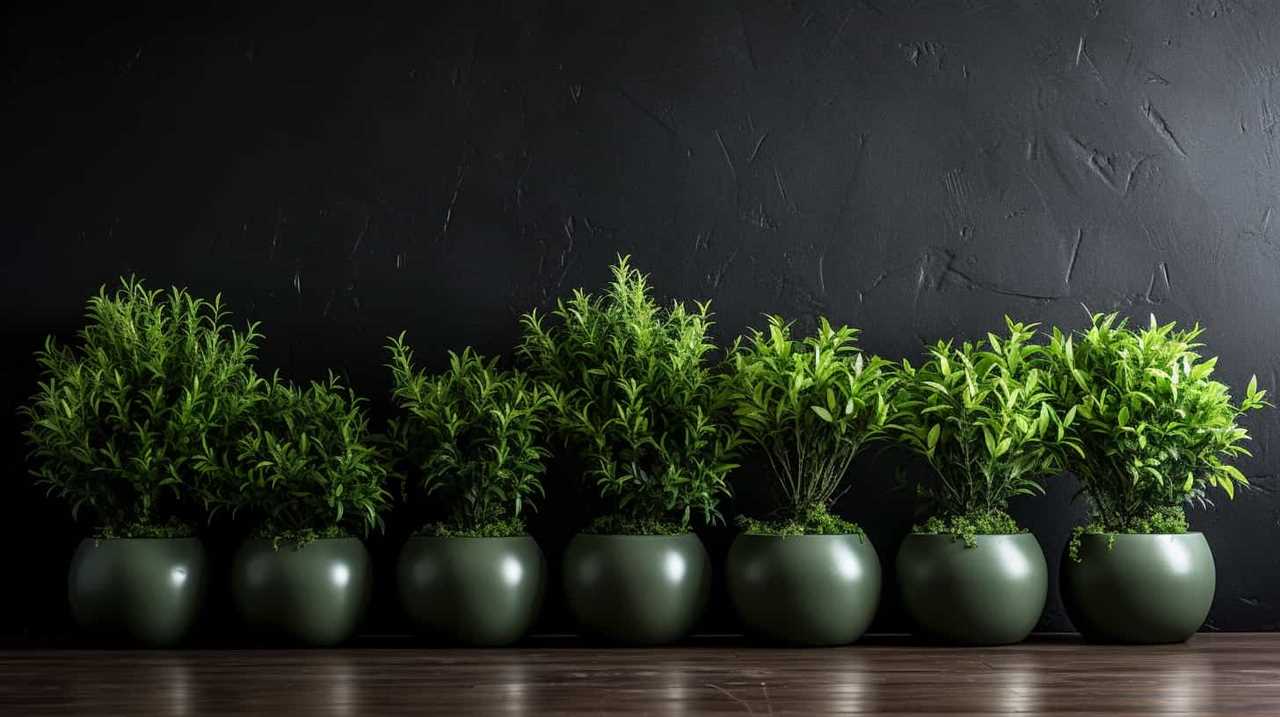
-
Storing seeds in a cool, dry place: Once you have hand-picked the ripe seeds, it’s important to store them properly. Transitioning into the subsequent section, storing seeds in a cool, dry place will help maintain their viability and extend their shelf life.
Storing Seeds in a Cool, Dry Place
Storing seeds in a cool, dry place is essential for maintaining their viability and extending their shelf life. To ensure the longevity of your seeds, it’s crucial to choose the right containers for storage.
Different types of containers can be used, such as glass jars, plastic bags, or envelopes. Glass jars are ideal as they provide airtight protection from moisture and pests. Plastic bags can also be used, but make sure they’re durable and have a zip lock to prevent any moisture from entering. Envelopes are a cost-effective option, but they may not offer the same level of protection as glass jars or plastic bags.
Whichever container you choose, it’s important to label your seeds for easy identification. Use waterproof markers or labels to write down the plant name, variety, and date of harvest. This will help you keep track of your seeds and avoid confusion when it’s time to plant them.
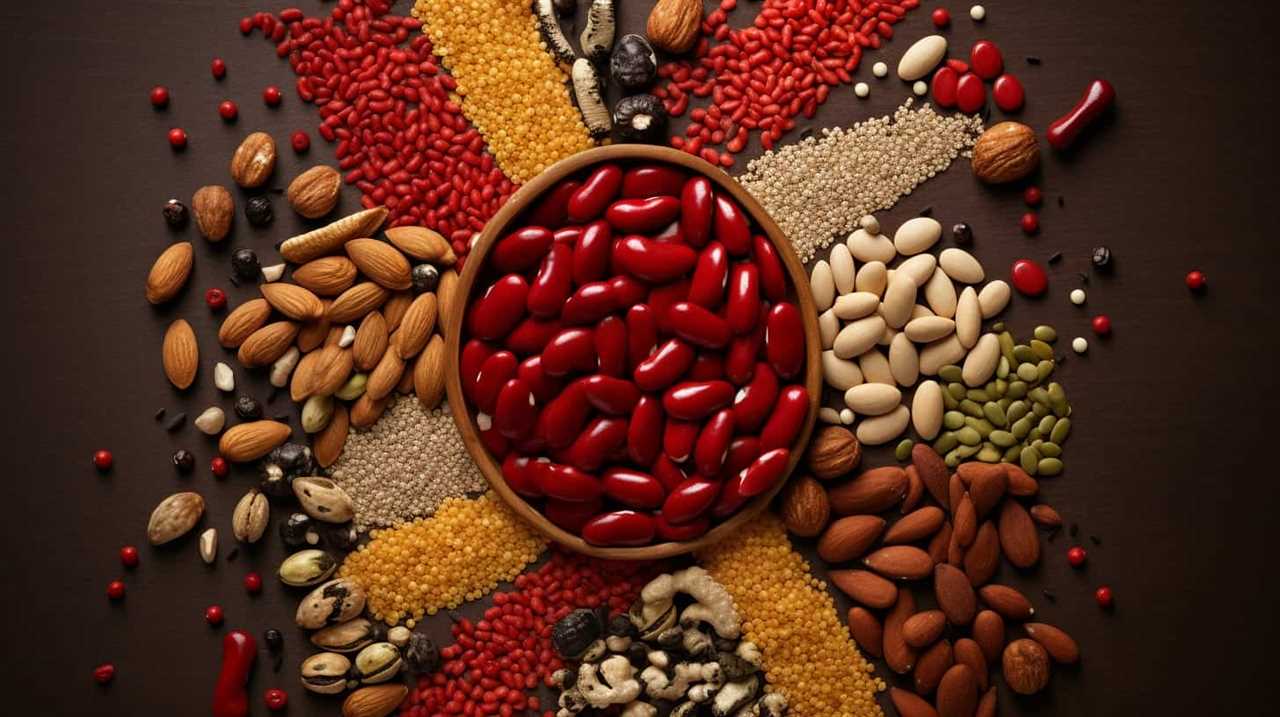
Frequently Asked Questions
How Long Should Seeds Be Soaked Before Harvesting?
Before harvesting, it is recommended to soak seeds for a specific period of time to ensure successful germination. Soaking seeds helps to break dormancy, soften the seed coat, and increase the chances of successful long-term storage.
Can Any Type of Sieve Be Used for Cleaning Seeds, or Does It Have to Be a Fine-Mesh Sieve?
Any type of sieve can be used for seed cleaning, but a fine-mesh sieve is preferred. It helps to remove small debris and ensures that only clean seeds are collected. Seed cleaning techniques include using sieves with different mesh sizes.
How Long Does It Take for Seeds to Air Dry Before They Can Be Stored?
How long does it take for seeds to air dry before they can be stored? We recommend allowing seeds to air dry for at least two weeks to ensure long term viability. Here are some tips for preventing mold and mildew during seed drying.
Are There Any Specific Techniques or Tools That Can Be Used for Hand-Picking Ripe Seeds?
Sure, there are specific techniques and tools for hand-picking ripe seeds. Harvesting by hand allows for careful selection of mature seeds. Some useful tools include tweezers, scissors, and small containers for collecting the seeds.
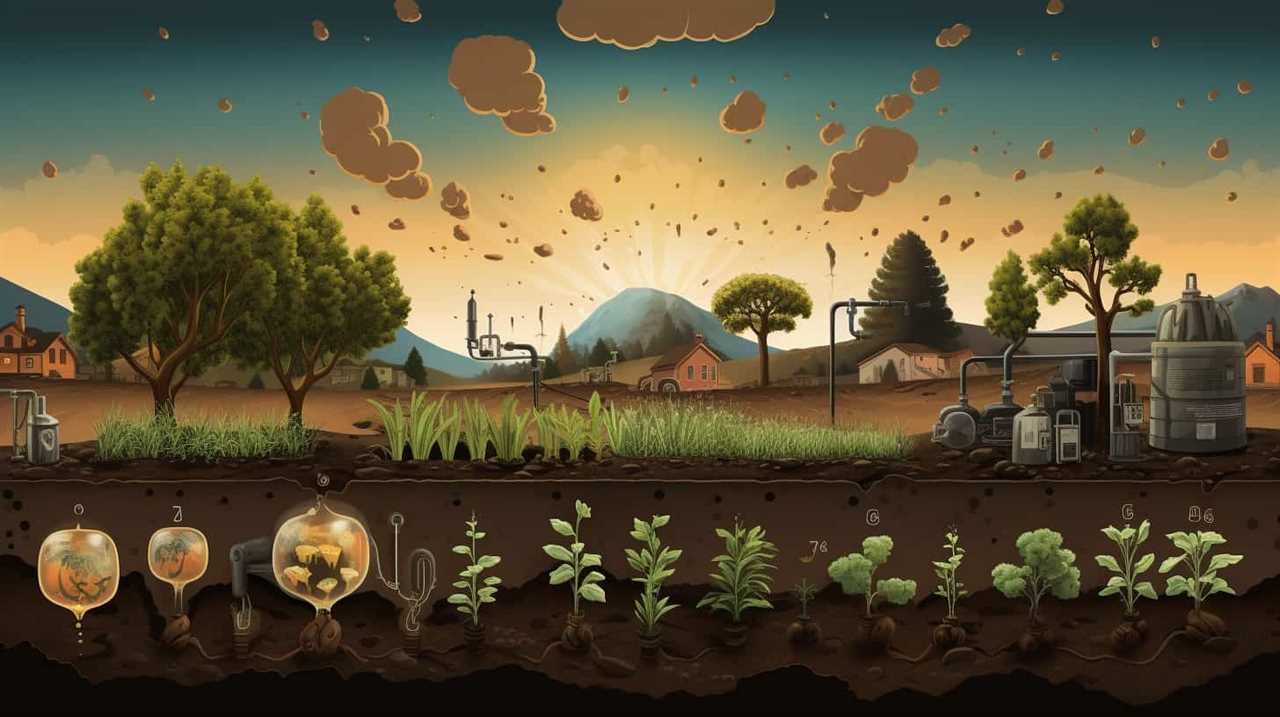
What Is the Ideal Temperature and Humidity Level for Storing Seeds in a Cool, Dry Place?
For long term seed preservation, it’s important to store seeds in a cool, dry place with the ideal temperature and humidity level. Our best practice is to aim for a temperature around 40°F with a humidity level of 30-40%.
Conclusion
In conclusion, seed harvesting is a rewarding and practical skill that can be easily learned by beginners. By following techniques such as soaking seeds before harvesting, using a fine-mesh sieve for cleaning, air drying seeds, and hand-picking ripe seeds, you can ensure optimal storage and successful germination.
For example, imagine the joy of planting a seed harvested from your own garden and watching it grow into a beautiful flower or delicious vegetable.
Start seed harvesting today and experience the satisfaction of growing your own plants from scratch.
